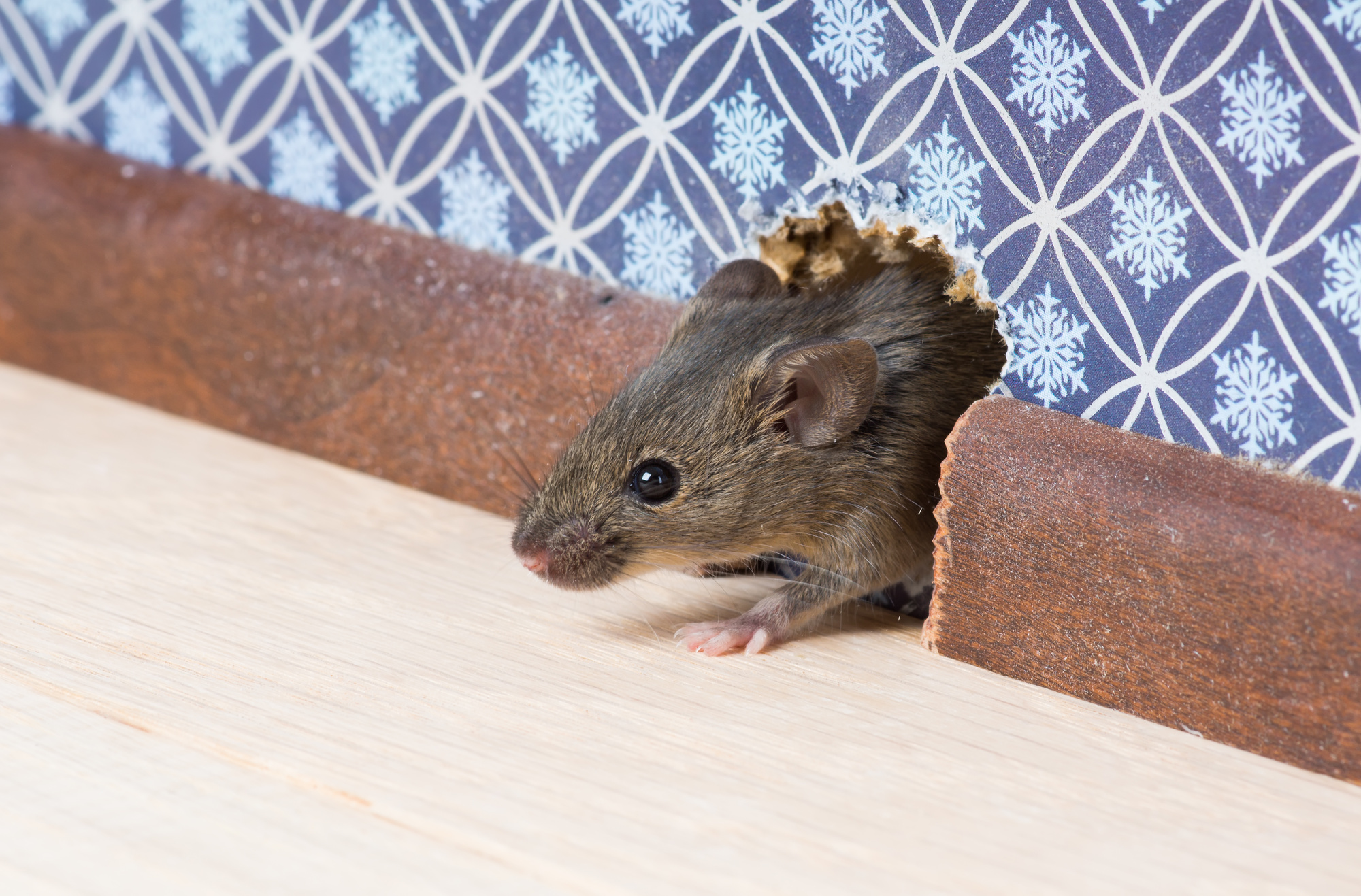
Few household pests are as disgusting and destructive as the rat. They’ll chew through your wires and walls, defecate around your home, and eat through your food packages. What’s worse, they carry a host of diseases that they can spread to your pets and family!
If you have rats, it’s important to tackle the problem before it becomes a full-on infestation. Look out for these signs of rats to determine whether or not you need to take action.
1. You (or Your Pets) Can Smell Them
There’s a distinct stale smell that comes with a rat infestation.
The smell is musty and foul, and you’ll be able to smell it in areas where rats congregate. The worse your infestation, the stronger the smell. Even if you don’t notice the smell, though, your pets will.
If you see your pet frequently visiting a certain area of your home, pawing at a specific chunk of the wall, check it out. The smell might get stronger, meaning rats. Get a flashlight, check out the wall chunk, and look for other signs of infestation.
2. You Found Rat Droppings
Rat droppings are one of the most commonly found signs of a rat infestation.
Rat droppings are tiny, nearly black balls. When they’re fresh, they’re wet looking and at their darkest. As they sit they dry out, becoming crumbly and gray.
The best places to check for droppings are your cupboards, under the sinks, and any dark corner of the house. The closer you are to a rat nest, the more likely you’ll find droppings. As the infestation grows you’ll notice more and more rat droppings in more varied locations.
3. There are Chewing Marks
If there’s one thing rats love, it’s chewing.
Chewing marks look exactly as you’d expect — like something took hundreds of tiny bites out of something. You’ll most likely find chewing marks on food packages, and your home’s actual structure, like thin walls. A new chew mark looks light, while old chew marks are darker.
If the chew marks look big, you’ve got rats. Smaller, and you may have mice. Sometimes an infestation starts with mice and upgrades to rats, so make sure to photograph and chew marks you find and compare them.
4. There’s Noise in the Walls
Rodents tend to live in the walls of your home thanks to the relative safety and darkness. They don’t live there quietly, though.
If you have a rat problem, you’ll likely hear them scurrying around inside your walls from time to time. The most likely time is at night, as they venture out from the walls to find food. You could hear scurrying anywhere in your home, but will hear more near rat nests.
5. You See Rat Tracks
Rats may think they’re sneaky, but the truth is they’re not.
As rats move around your home, they leave distinct tracks, often called runways. A rat runway might consist of urine stains, footprints, poop, and general smudges. You might even see a little bit of fur if you’re lucky.
A flashlight or blacklight is the most effective way to spot a rat runway. Look carefully, as rat tracks fade over time. However, if you have a current infestation you’ll likely see new, fresh tracks all the time.
You can also try spreading flour or baby powder (or any other fine powder) over an area where you suspect rats, or over high-rate-probability areas. Leave the area like that for a night, then inspect it the next morning. If you see tracks, you’ve got rats.
6. There are Rats Nests
Rats make nests out of scraps from around your home.
Some materials rats love for their nests include shredded paper and trash, dried leaves and plants, and scraps of fabric. They’ll take all this material to a specific spot and make a nest. Nests are typically found in walls, boxes, and secluded, dark corners of the home.
You might also find rats nests under your sinks and in cabinets and drawers. If you see a rats nest, you know for a fact that you have rats. You should also know there are likely more rats nests than that.
7. Your Food Has Been Tampered With
Arguably the worst part about a rat infestation is the way they eat your food.
The first place you should look if you suspect rats is the food drawers. Check out all your food packages, from nuts to rice to grains and sugar. Rats aren’t picky, and they’ll take what they can get.
Rat gnaw marks are very distinct, and you’ll know them when you see them. You might also see droppings and tracks nearby. If you can, try to trace the tracks back to the source of the rat nest.
To keep rats out of your food, lock them up in sealed containers. You should consider discarding any food rats have already gotten into. Rats carry disease, and may spread germs to your food.
What Do I Do About a Rat Infestation?
If you’ve determined you have a rat problem, the only real solution is to call an exterminator.
Sure, you can try trapping them, but if the infestation is large you’re never going to get them all. Rats are smart, and known to avoid traps and gain immunity to poisons. An exterminator will get the job done fast and efficiently, with years of knowledge under their belt.
You can learn more about pest control with this ultimate guide here: https://affinitypestcontrol.com/2020/04/10/the-ultimate-guide-to-eagle-pest-control/
Watch for These Signs of Rats
If you see any of the signs of rats above, then you’ve likely got rats in your home. It’s important to tackle the problem right as you notice it so it doesn’t get worse. So, get some traps, call an exterminator, and tell those rats to scram!
For more informative topics like this, check out the rest of our blog.

